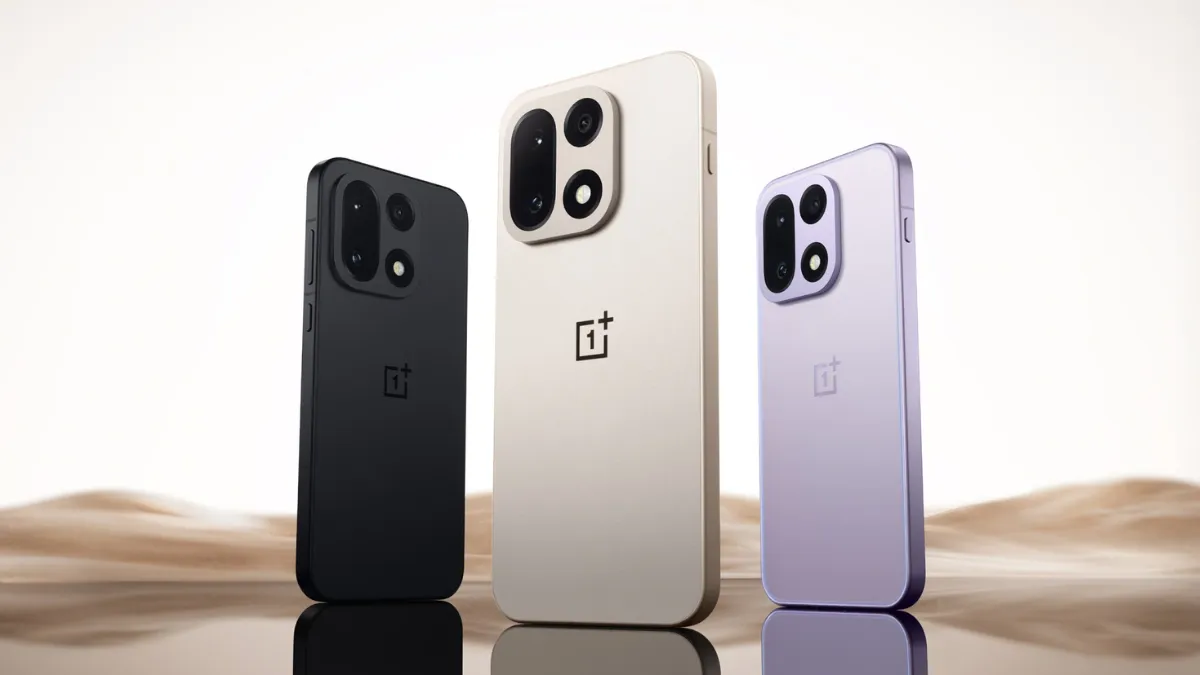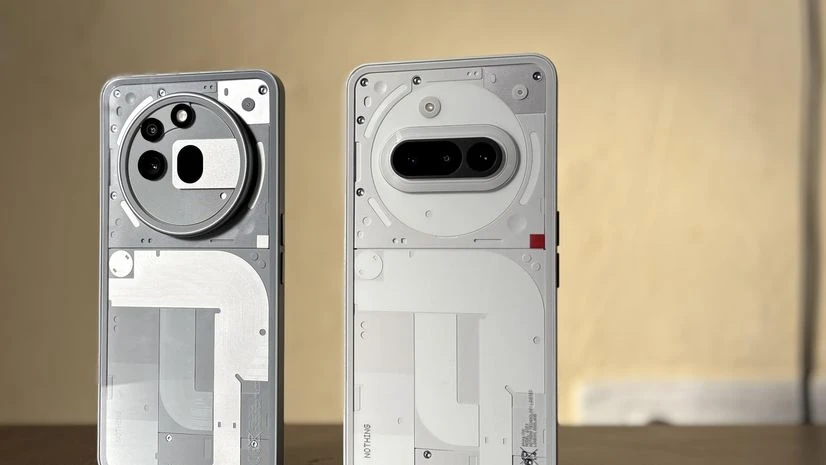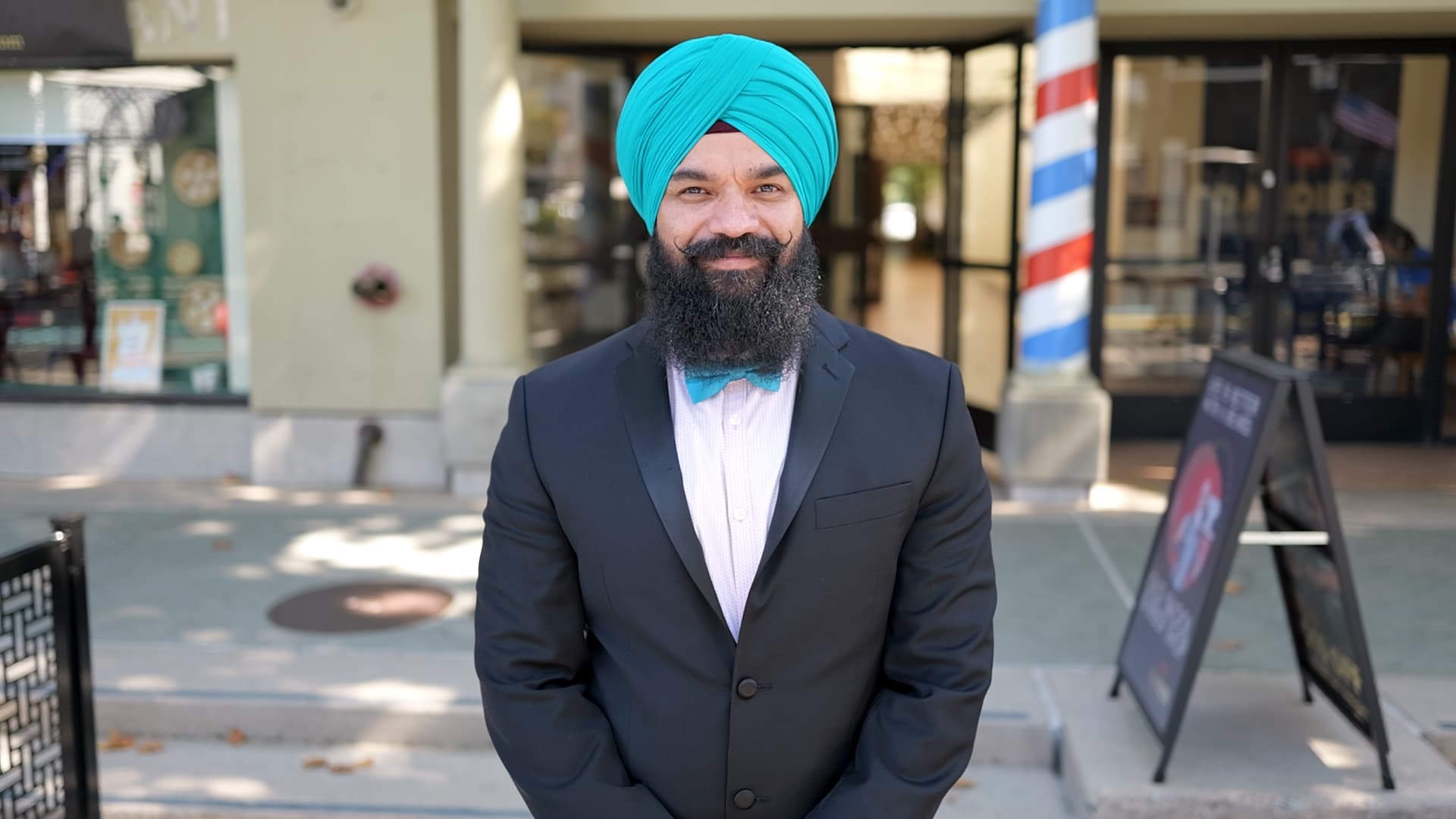Now Reading: OnePlus 15 and OnePlus Ace 6 Launch in China: What India Buyers Should Know
-
01
OnePlus 15 and OnePlus Ace 6 Launch in China: What India Buyers Should Know
OnePlus 15 and OnePlus Ace 6 Launch in China: What India Buyers Should Know

Introduction:
Smartphone maker OnePlus has unveiled its two new models in China — the flagship OnePlus 15 and its gaming-focused sibling, the Ace 6. With features like 165 Hz displays, Snapdragon 8 Elite processors and large batteries, the launch catches attention across India too. For buyers in Tier 2 and Tier 3 cities, the key question isn’t just specs, but how soon and at what price these models will reach India.
Key specifications and what they offer
The OnePlus 15 boasts a 6.78-inch AMOLED display with a 165 Hz refresh rate, a Snapdragon 8 Elite Gen 5 chipset, a large 7,300 mAh battery and support for 120 W wired charging. It also carries a flagship triple-50MP camera setup and IP69K durability rating.
The Ace 6 opts for a slightly larger 6.83-inch display (also 165 Hz), the same high-performance processor, and an even bigger 7,800 mAh battery in some variants. Though its camera system is simplified, it remains a serious contender for users focused on gaming, long battery life and speed.
Relevance to the Indian market, especially smaller cities
For cities beyond the major metros, a handset like this means more than just performance: high refresh-rate screens and large batteries address issues of limited service infrastructure and longer usage in areas where power backup may be inconsistent. If priced competitively, these smartphones could appeal to younger users in smaller towns keen on gaming and premium features without traveling to big cities for availability.
On the flip side, local buyers should factor in import duties, regional variants, after-sales service and software support. Often China-launched models either come to India later or with slight feature changes. For many buyers outside metro hubs, service centres and accessory availability matter a lot.
Price, availability and caveats
Initial prices in China: OnePlus 15 starts at around ¥3,999 (approximately US$560) for the base variant, while the Ace 6 begins at about ¥2,599 (roughly US$364) in its 12GB+256GB form. Global rollout is expected soon, likely by mid-November. For India, actual retail price will include GST, import costs (if any) and localisation. Buyers should watch for the official India launch, expected variants, and regional warranty coverage.
One caveat: even though 165 Hz sounds impressive, not all apps or games currently support it. So users should weigh whether they will benefit from that feature regularly. Also, large batteries help, but larger screens and fast chips consume more power, so real-world usage may vary.
Conclusion:
The OnePlus 15 and Ace 6 raise the bar in smartphone performance and features, and India’s smaller cities stand to benefit if these devices are priced and supported well locally. Long battery life, premium displays and flagship processors are increasingly relevant beyond metros. But smart buyers will patiently compare launch variants, service coverage and price before deciding — especially in markets where after-sales and regional ecosystem matter just as much as the headline specs.
























